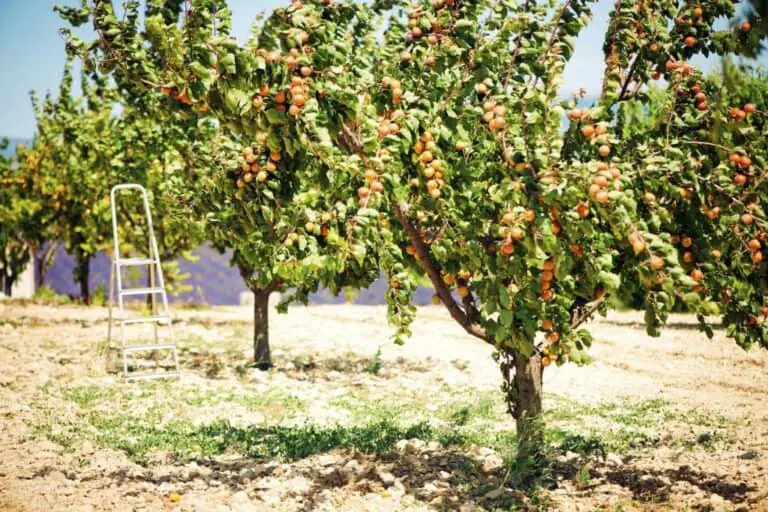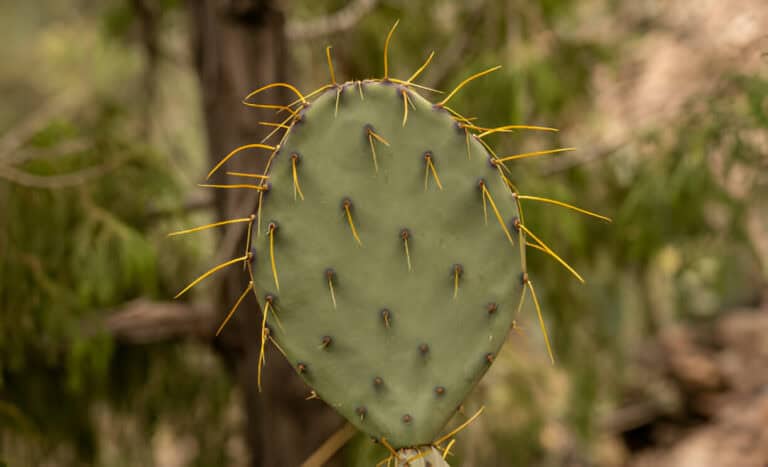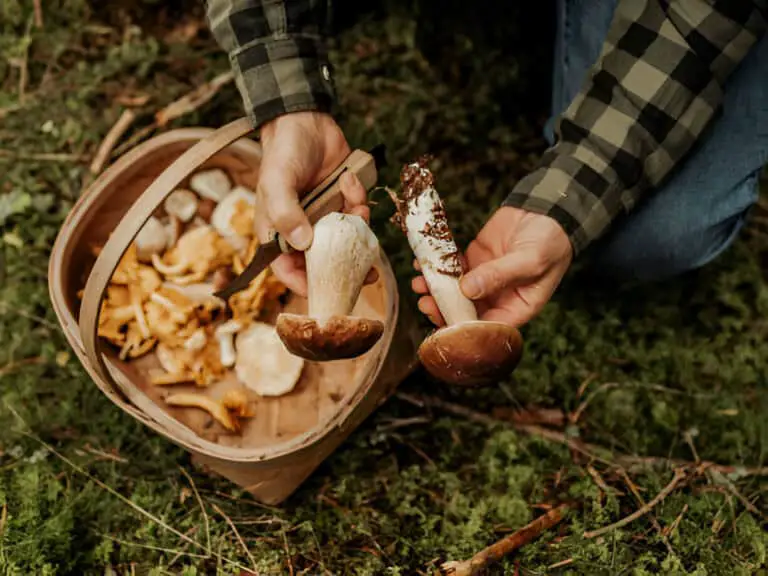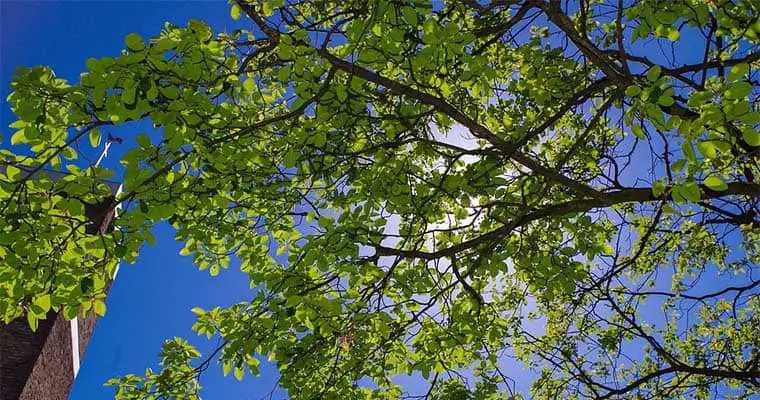When to Plant Dahlias in the UK: Best Timing for Optimal Growth
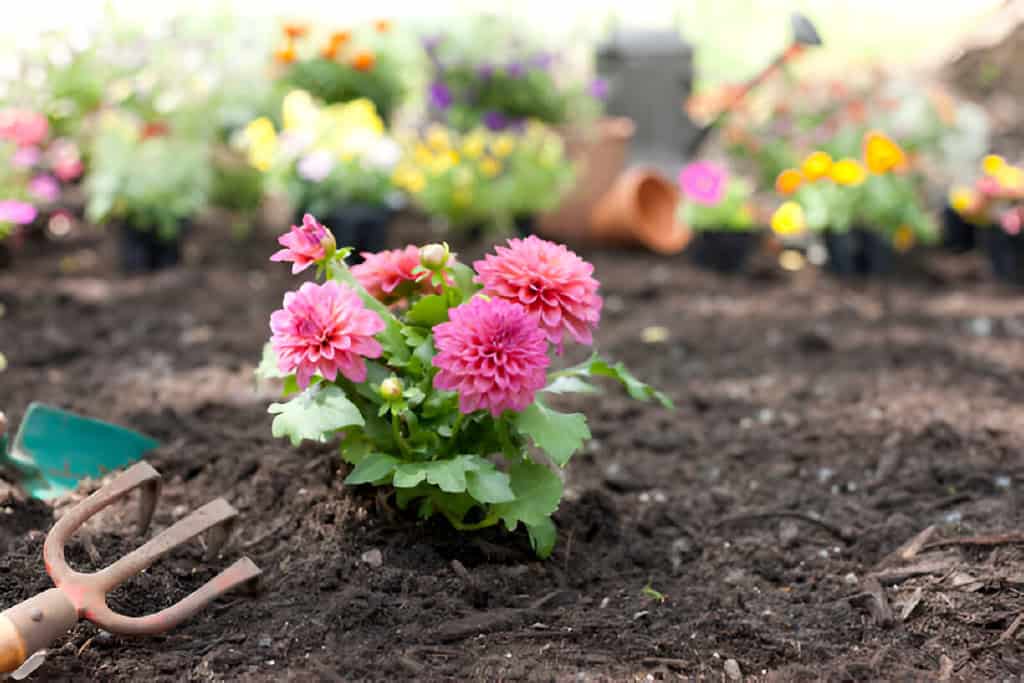
Dahlias are beloved for their stunning, diverse blooms that bring vibrant color and striking beauty to any garden. Native to Mexico, these tuberous perennials are prized for their wide array of shapes, sizes, and colors.
Are you eager to cultivate lush, vibrant dahlias in your UK garden? Timing your planting correctly can make all the difference in achieving stunning blooms.
In the UK, to grow dahlias, you must know the best planting times and care practices for the local climate. This article explores the best time to plant dahlias in the UK. It provides expert tips on choosing the right season, prepping your soil, and caring for dahlias as they grow.
Understanding Dahlia Varieties
Dahlias come in numerous varieties, each offering unique aesthetic qualities. Understanding these can help you choose the best types for your garden.
Types of Dahlias
- Single Dahlias: Featuring a single row of petals, these dahlias are simple yet elegant.
- Cactus Dahlias: Known for their spiky, rolled petals, giving a dramatic appearance.
- Pompon Dahlias: Small, spherical flowers with tightly packed petals.
- Dinnerplate Dahlias: Renowned for their large, showy blooms that can reach up to 30 cm in diameter.
- Collarette Dahlias: These have a single row of flat petals with a second, smaller row forming a collar around the center.
Optimal Planting Time for Dahlias in the UK
Timing is crucial for growing Dahlias. Planting too early or too late can impact their growth and blooming potential.
Spring Planting
The best time to plant dahlias in the UK is in late spring, after the last frost. Typically, this falls between late April and early June. Planting now ensures the soil has warmed up. This is best for Dahlia tubers.
Preparing the soil
Dahlias prefer well-drained, fertile soil. Preparing your garden bed before planting is essential to giving your dahlias the best start.
Steps for Soil Preparation
- Test the Soil: Use a soil test kit to determine the pH and nutrient levels. Dahlias prefer a slightly acidic to neutral pH (6.0-7.0).
- Amend the Soil: Add compost or well-rotted manure to enrich the soil.
- Ensure Good Drainage: If your soil is heavy clay, consider planting dahlias in raised beds or adding sand to improve drainage.
- Fertilize: Incorporate a balanced, slow-release fertilizer to support healthy growth.
Planting Dahlias
Planting Dahlia Tubers
Tubers are the most common way to start dahlias. Here’s how to plant them:
- Dig Holes: Dig holes about 15 cm deep and 45 cm apart.
- Place Tubers: Place the tuber horizontally in the hole with the eye (growth point) facing upwards.
- Cover with Soil: Cover the tuber with about 5 cm of soil. As the plant grows, fill in the rest of the hole gradually.
- Water Lightly: Water the tubers lightly after planting to settle the soil.
Planting Dahlia Seeds
While less common, dahlias can also be grown from seeds. This method is typically used for creating new varieties or for bedding Dahlias.
- Sow Indoors: Start seeds indoors 6–8 weeks before the last frost date.
- Use Seed Trays: Sow seeds in trays filled with seed compost, covering them lightly with soil.
- Transplant Seedlings: After the last frost, transplant seedlings with a few sets of true leaves into the garden.
Caring for Dahlias
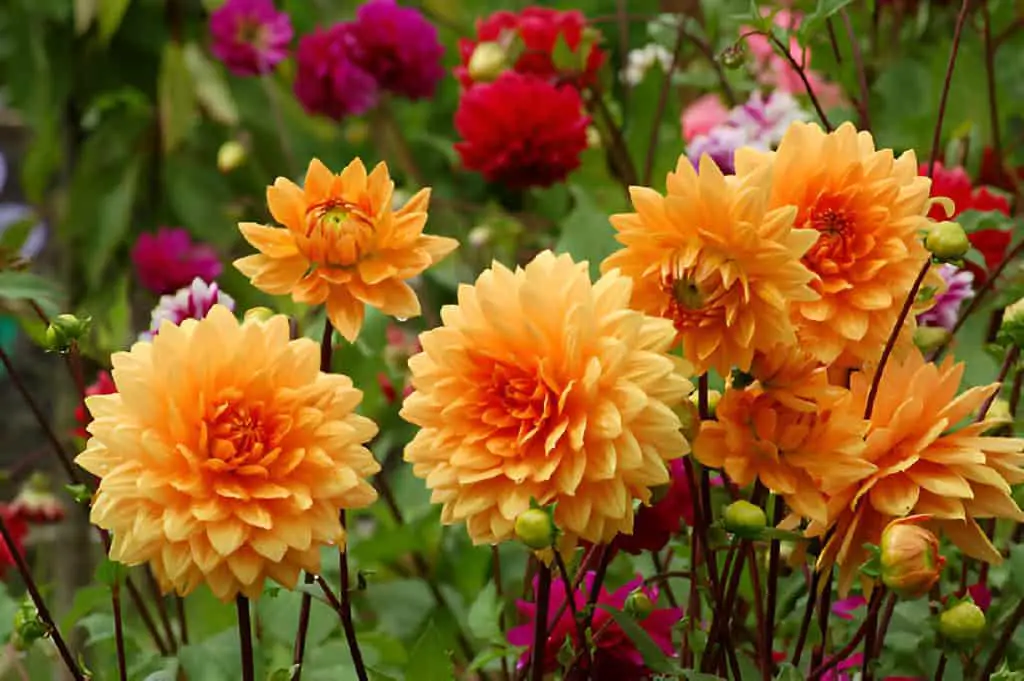
Caring for Dahlia plants requires attention to a few key elements to ensure they thrive. Proper care is essential for healthy dahlia plants and abundant blooms.
Watering
Dahlias require consistent moisture, especially during the growing season. Water deeply once or twice a week, depending on rainfall and soil conditions. Avoid overhead watering to reduce the risk of fungal diseases.
Fertilizing
Dahlias benefit from regular feeding. Use a balanced liquid fertilizer every 3-4 weeks throughout the growing season. Avoid high-nitrogen fertilizers, which promote foliage growth at the expense of flowers.
Staking and Support
Many dahlia varieties, especially tall ones, need staking. It supports their heavy blooms and prevents them from toppling over.
- Install Stakes: Place stakes at the time of planting to avoid damaging the tubers later.
- Tie Plants: Use soft ties to secure the stems to the stakes, adjusting as the plant grows.
Deadheading
Regularly remove spent blooms to encourage continuous flowering. This process, known as deadheading, directs the plant’s energy into producing more flowers rather than seed production.
| Read: How to Trim Dahlia Plant |
Protecting Dahlias from Pests and Diseases
Dahlias can be susceptible to various pests and diseases, but with proper care and attention, these can be managed effectively.
Common Pests
- Slugs and Snails: These pests can damage young shoots and leaves. Use slug pellets, traps, or barriers to protect your plants.
- Aphids: These small insects can cause deformities and spread diseases. Use insecticidal soap or introduce beneficial insects like ladybirds.
- Earwigs: Earwigs can chew on the petals. Traps can be set up to reduce their population.
Common Diseases
- Powdery Mildew: This fungal disease appears as a white powdery coating on leaves. Improve air circulation and use fungicides if necessary.
- Botrytis Blight: Also known as grey mold, this affects flowers and leaves in wet conditions. Remove affected parts and improve air circulation.
- Virus Infections: Virus-infected plants show distorted leaves and flowers. There is no cure, so affected plants should be removed and destroyed to prevent spread.
Table: Dahlia Planting and Care Schedule
| Task | Timing | Details |
| Soil Preparation | Early Spring | Amend soil with compost and test pH |
| Planting Tubers | Late April to Early June | Dig holes 15 cm deep, 45 cm apart |
| Watering | Growing season | Water deeply once or twice a week |
| Fertilizing | Every 3-4 weeks | Use balanced liquid fertilizer |
| Staking | At planting time | Install stakes and tie plants as they grow |
| Deadheading | Throughout blooming season | Remove spent blooms regularly |
| Pest Control | As needed | Use traps, barriers, and insecticidal soap |
| Disease Management | As needed | Use fungicides and remove affected parts |
Extending Dahlias Blooming Season
To extend the blooming season of your dahlias, it’s essential to give them the care they need throughout the growing season. To enjoy dahlia blooms for as long as possible, consider these strategies:
Successional Planting
By planting dahlias at different times in late spring, you can extend the blooming period. Plant some tubers in late April, others in mid-May, and a final batch in early June. This staggered planting schedule will ensure a continuous display of flowers.
Pinching
Another key tip is to pinch back the plants in the early growing stages. This practice promotes bushier growth and ultimately leads to more flower production. By following these steps, you can enjoy a longer, more bountiful blooming season with your dahlias.
Overwintering Dahlias
Dahlias are not frost-tolerant, so they need protection during the winter months. In mild areas, mulching heavily around the plants can be sufficient. In colder regions, the tubers should be lifted and stored indoors.
Overwintering Steps
- Lift Tubers: Dig up the tubers after the first frost has blackened the foliage.
- Clean and Dry: Clean off soil and let the tubers dry in a cool, dry place for a few days.
- Store Tubers: Store tubers in a cool, dark place in boxes filled with peat moss, sand, or vermiculite. Check periodically for signs of rot or dehydration.
Forcing Early Blooms
Forcing dahlias to bloom earlier involves starting tubers indoors. Plant tubers in pots in March and keep them in a warm, bright location. Once the danger of frost has passed, the plants can be transplanted into the garden.
Creating a Stunning Dahlia Display
Dahlias make a bold statement in any garden. With planning, you can create a stunning display that lasts from mid-summer to the first frost.
Designing with Dahlias
Consider the following design principles to make the most of your dahlias:
- Color Combinations: Dahlias come in virtually every color. Choose complementary or contrasting colors to create visual interest.
- Height Variations: Use tall dahlias at the back of borders and shorter varieties at the front.
- Companion Planting: Plant dahlias with summer flowers like cosmos, zinnias, and marigolds for a vibrant, mixed border.
Arranging Dahlias in Bouquets
Dahlias are excellent for cut flowers. Here are some tips for arranging them in bouquets:
- Cut Early: Harvest dahlias in the morning when they are well-hydrated.
- Use Sharp Tools: Use sharp scissors or pruners to avoid crushing the stems.
- Remove Lower Leaves: Remove any leaves that will be below the waterline in the vase to prevent decay.
- Change Water Regularly: Change the water in the vase every couple of days to keep the flowers fresh.
Conclusion
Growing dahlias in the UK can be a rewarding experience, providing a burst of color and elegance to your garden from mid-summer to autumn. By planting at the right time and caring for the soil, you can enjoy a stunning display of these flowers. Follow these guidelines for the best growth and a great bloom, whether you plant in spring or try successional planting. Happy gardening!


